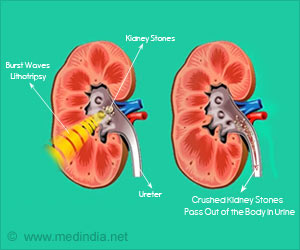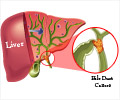Highlights
- A new method of imaging protein–protein interaction was developed by Dr. Stagljar and colleagues called MYTH and MaMTH
- 300 interactions between RTK and PTP were identified
- Interaction between 58 RTKs and 144 PTPs were identified and a map will be created soon
Epidermal Growth Factor
Epidermal growth factor receptor (EGFR) was one of the proteins and it belonged to a group called receptor tyrosine kinases (RTK). These instruct the cell to grow and multiply as a response to the signals that are received from the cell’s environment.Protein Tyrosine Phosphatase
Protein tyrosine phosphatase (PTP) is the other protein that was produced by the two genes and the main way of working was by shutting down the receptor tyrosine kinases. The epidermal growth factor is present in the outer layer of the cell which makes it difficult to analyze using traditional methods.MYTH and MaMTH
The MYTH and MaMTH technologies that were developed by Dr.Stagljar and his research team which included Dr. Zhong Yao, one of the senior research associates in the lab, were used to identify that the two proteins were in direct contact with each other. It was then believed that certain forms of breast cancer were formed when the association between these two proteins was disrupted. The disruption in the link was found to result in uncontrolled signaling of RTK which lead to increased proliferation of the cells.Dr. Yao used the MYTH and MaMTH technologies to understand the various interactions between all the RTK and the PTP present in humans. This aided in identifying more than 300 interactions that were, thus far, unknown.
Dr. Stagljar said, "We tested interactions between almost all 58 RTKs and 144 PTPs that exist in human cells. Our map reveals new and surprising ways in which these proteins work together. These insights will help us better understand what goes wrong in cancer in order to develop more effective treatments."
- RTKs are often hyperactive and mutated in different types of cancers.
- Only a fifth of RTKs have been detailed thus far and targeted by tyrosine kinase inhibitors.
- Scientists believe that they are one of the best prospects as the tyrosine kinase inhibitors specifically target forms of RTK that are mutated.
- The tyrosine kinase inhibitors do not attack the normal version of the RTK.
- This method of treatment would produce less side effects than traditional chemotherapy.
- The RTKs are present inside the membrane of the cell, with some of their parts extending on either side of the cell.
- The RTK gets attached to phosphate group that is present on the tail of a signal hormone, which is present below the surface and leads to the development of biochemical reactions.
- This allows the cells to grow and increase in number.
- The activation of the RTKs is controlled by the PTPs.
- The PTPs remove the additional phosphate group and stop the signaling cascade.
Some of the interesting finds of the study include:
- The revelation that some of the PTPs promote RTK signaling, indicative of a more complex process.
- PTPRA is a phosphatase that leads to the activation of EGFR. EGFR is found to be mutated in many types of cancers, highlighting a new method of cancer spread.
- There were two new phosphatases that were identified, PTPRB and PTPRH, that work by halting the EGFR signaling, showing signs of anti-tumor response.
- MYTH and MaMTH technology that was developed can be used to study RTK and PTP.
References:
- Regulation of Receptor Tyrosine Kinase Signaling by Protein Tyrosine Phosphatase-1B - (http://www.jbc.org/content/278/2/739.full)















